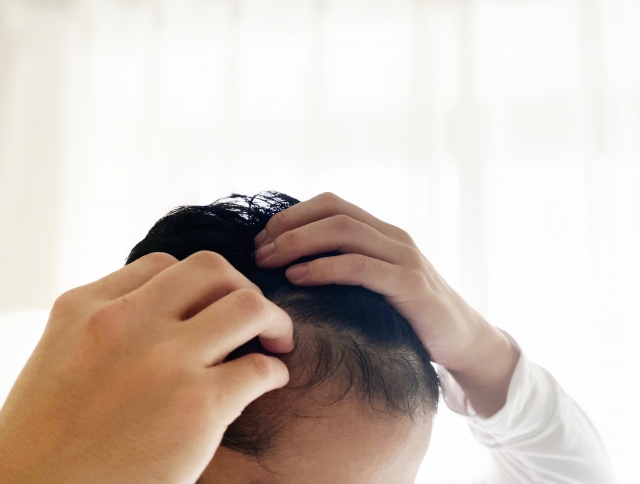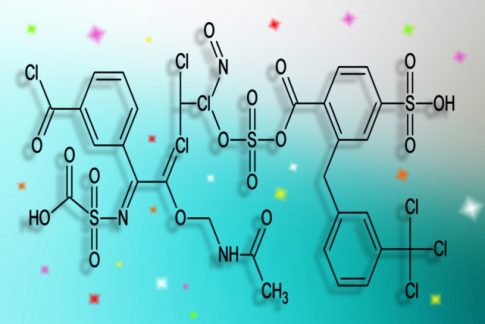この記事の概要
Below are detailed descriptions of other alopecia areata that present similar symptoms to AGA (male pattern baldness). A dermatologist will explain.
- Alopecia Areata is an autoimmune abnormality that attacks hair follicles, causing sudden, circular or oval hair loss. It can affect not only the scalp, but also eyebrows, eyelashes, and body hair. The cause is not fully understood, but stress and genetic factors are thought to be involved. Treatment includes steroid injections and topical medications, and depending on the degree of progression, immunosuppressive drugs may also be used.
- Hypothyroidism A deficiency of thyroid hormones can lead to a decrease in the body’s overall metabolism, thinning of the hair, and hair loss. The hair loss associated with hypothyroidism is characterized by hair loss throughout the scalp, especially thinning of the hair. Diagnosis involves blood tests to measure thyroid hormones (TSH and T4), and treatment involves hormone replacement therapy (levothyroxine).Hair loss often improves as thyroid function is restored. Blood must be drawn; FT3, FT4 should be measured.
- Anemia Iron deficiency anemia is a deficiency of hemoglobin that prevents the body from getting enough oxygen, which can cause hair loss. It is especially common in women and is also accompanied by symptoms such as chronic fatigue, pallor of the skin, and shortness of breath. Hair loss is characterized by thinning of the entire hair and can be improved by iron supplementation and diet. Diagnosis involves blood tests to check serum ferritin levels and hemoglobin.
- Seborrheic Dermatitis Seborrheic dermatitis is a condition in which excessive sebum production causes inflammation of the scalp and progressive hair loss accompanied by itching and dandruff. Redness and scabbing are also seen, and the scalp often becomes oily. Hormonal imbalances and Candida (Malassezia) overgrowth are believed to be the causes. Treatment involves the use of antifungal shampoos and steroid lotions. The head must be kept clean. Wash your hair daily.
- Tinea tinea is a condition in which the skin becomes dry and dandruff occurs in large quantities, accompanied by hair loss. The dryness weakens the hair follicles, causing hair to fall out easily. Causes may include a dry environment and excessive hair washing. Improvement can be expected through the use of moisturizing shampoos and anti-dandruff treatments. If symptoms become chronic, long-term measures may be necessary, as with AGA.
- Telogen effluvium Telogen effluvium is a condition in which hair growth stops and hair loss increases as a result of stress, surgery, childbirth, or drug therapy. Hair growth usually resumes spontaneously within a few months once the causative factors are resolved, but severe cases may require treatment.
- Scarring Alopecia Scarring alopecia is a condition in which hair follicles are destroyed by inflammation or trauma to the scalp or skin, resulting in permanent hair loss. This type of alopecia is characterized by irreversible damage to the hair follicle, making it difficult for the hair to regrow. Causes include autoimmune diseases (e.g., lupus erythematosus), bacterial infections, trauma, and burns, which destroy hair follicles through skin scarring. Treatment involves the use of anti-inflammatory and immunosuppressive drugs to control progression, and in some cases, surgical procedures.












